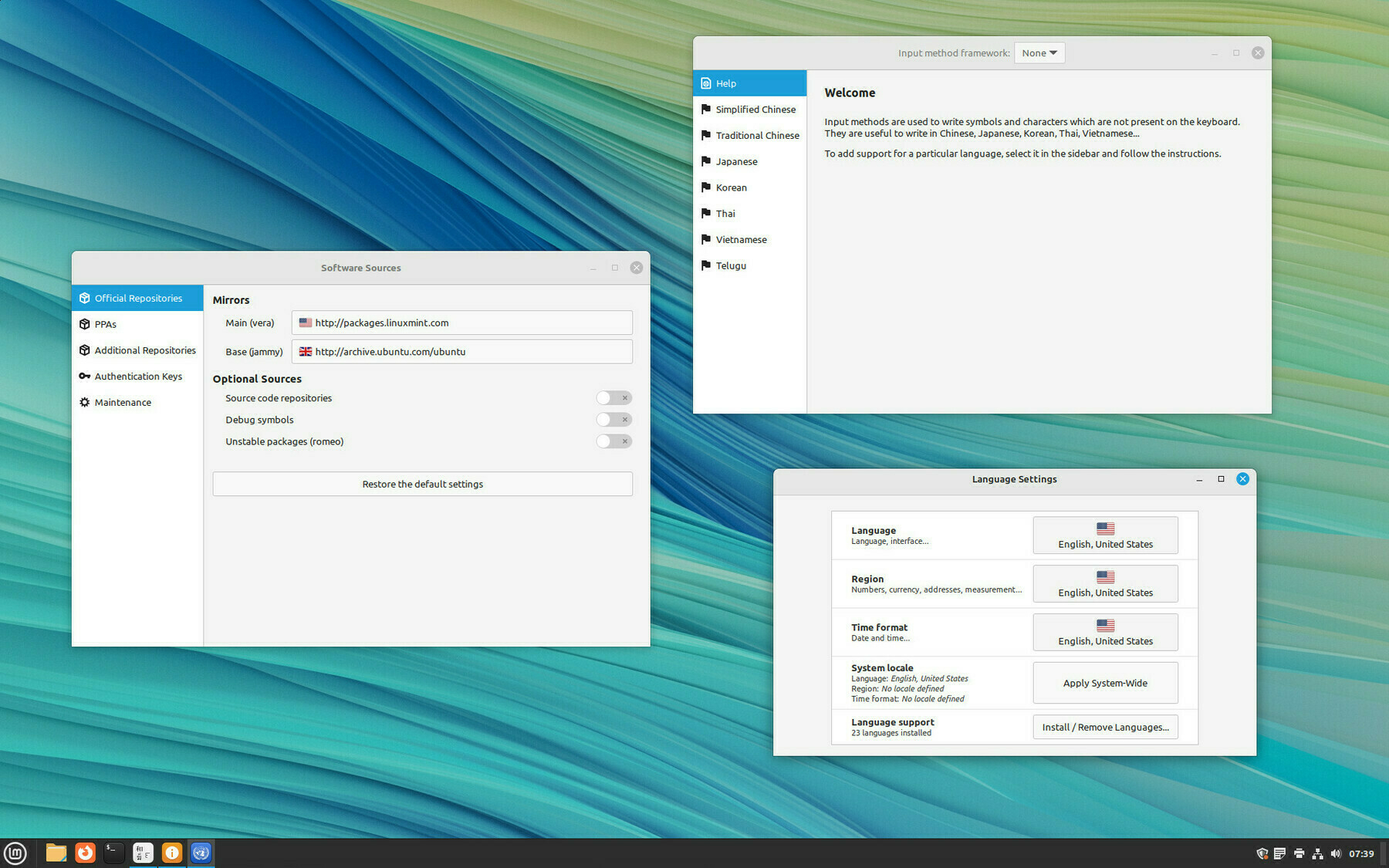I’ve been feeling drawn to the Linux operating system recently, partly under the guise of seizing the means of computation away from those who would surveil us, distract us with adverts each time we want to open an app or restrict us from using our devices as we wish.
Moving as much as possible towards open source software where people who have the coding skills can see exactly what it’s doing and contribute changes to anything they don’t like seems like A Good Thing overall.
It’s been double digit years since I’ve looked into Linux. I used it for a while in the past doing networking related stuff but not for more day-to-day tasks. But since then it looks like there’s been several options developed that address the challenges that were present back in the day. Namely that it was just all so complicated to set up in comparison to the more ‘consumer-friendly’ operating systems, doubly so if you wanted to use it in alongside those operating systems.
It was also potentially tricky to find equivalent software to that one may have been used to using on other platforms. However it looks like things have changed a lot in a decade, no surprises there. And, despite only having a limited amount of time to fiddle around with setting things up, it might be well worth trying it out again.
The Linux Mint distribution seems to be recommended by quite few folk for people who don’t want to spend a whole lot of time learning a new way of computing or figuring out where to get the necessary software for basic day-to-day computing tasks. It appears to come with a tool enabling easy access to tens of thousands of apps.
So I might try that one. But part of the beauty of this scene is that there’s many other options available, as well as the ability to modify any particular option that exists, if the one you try first doesn’t appeal in the end.
